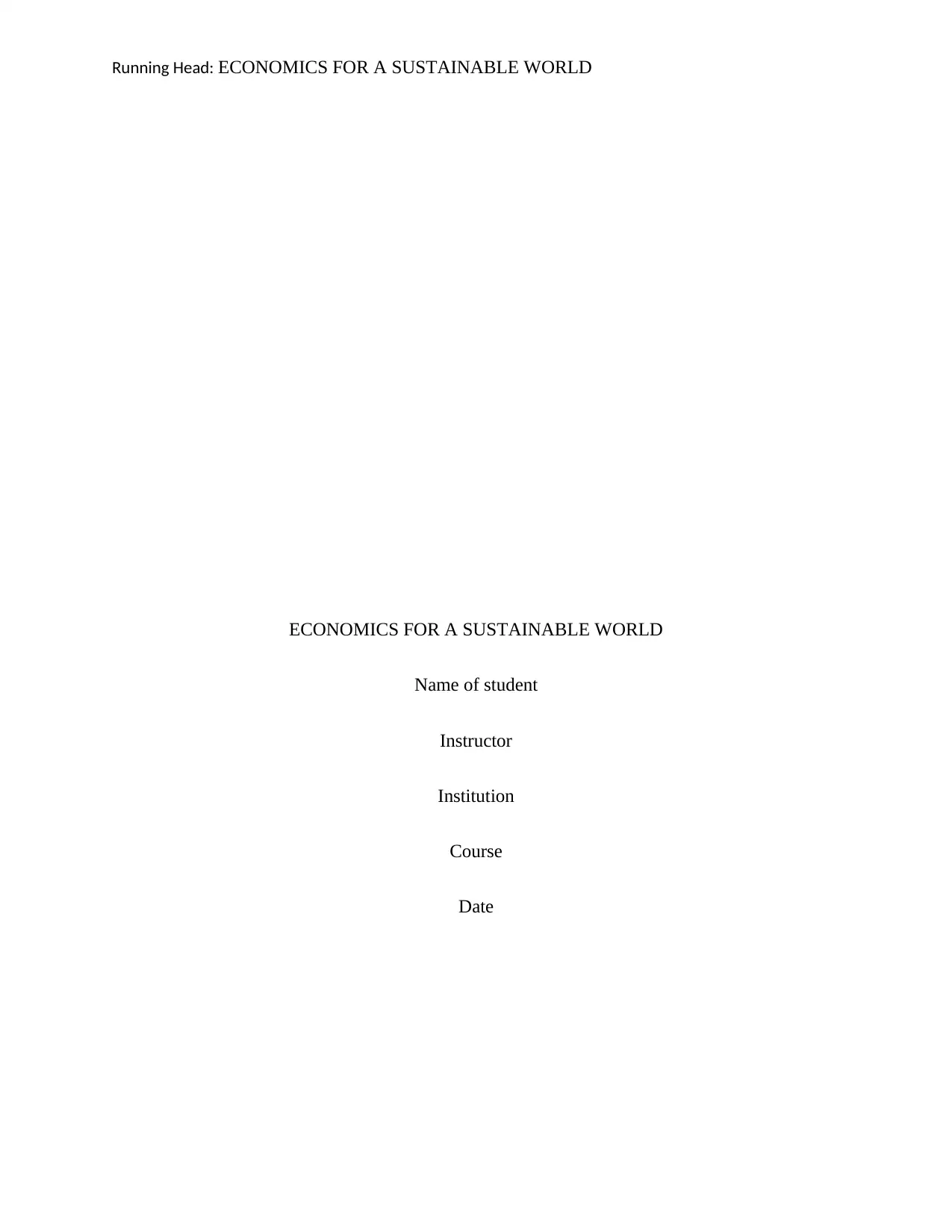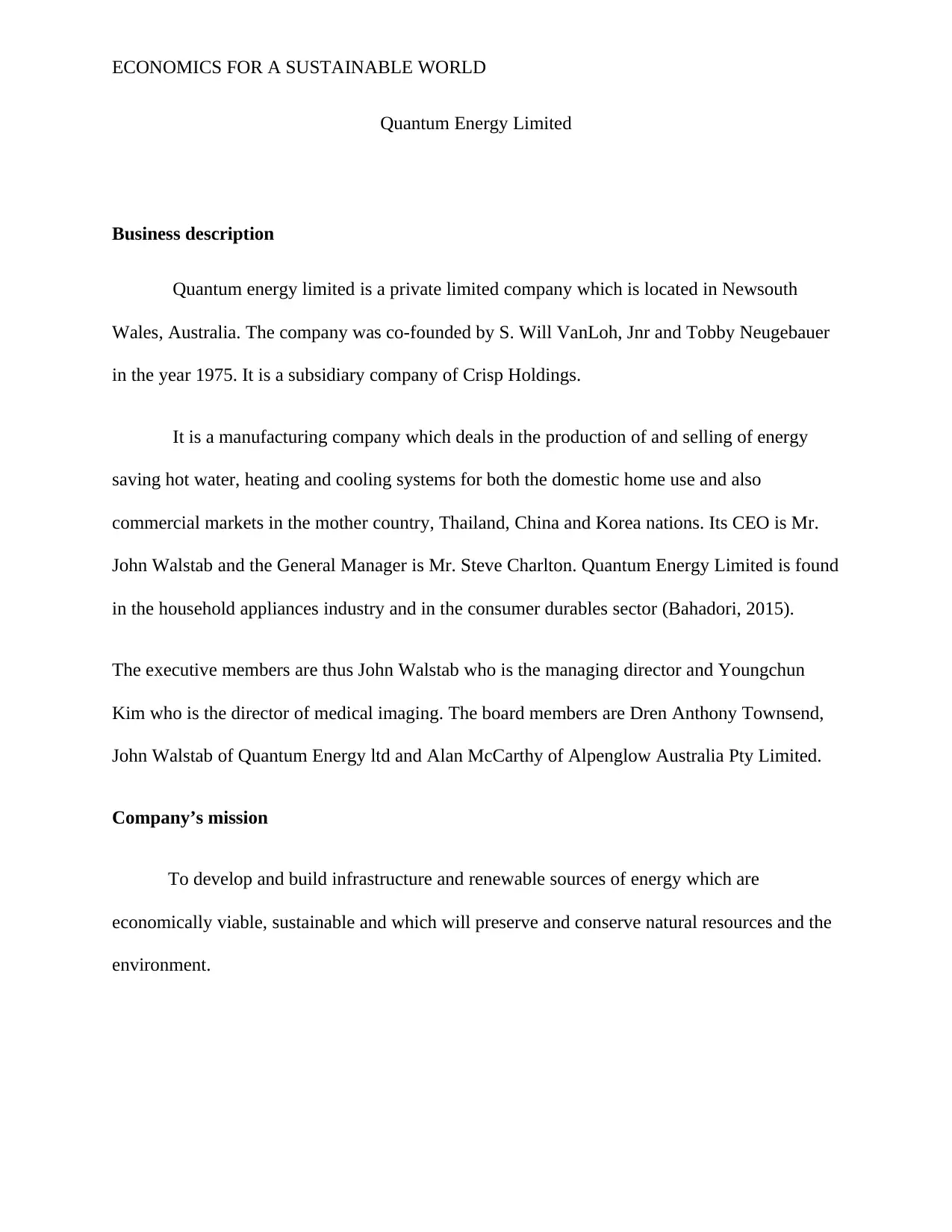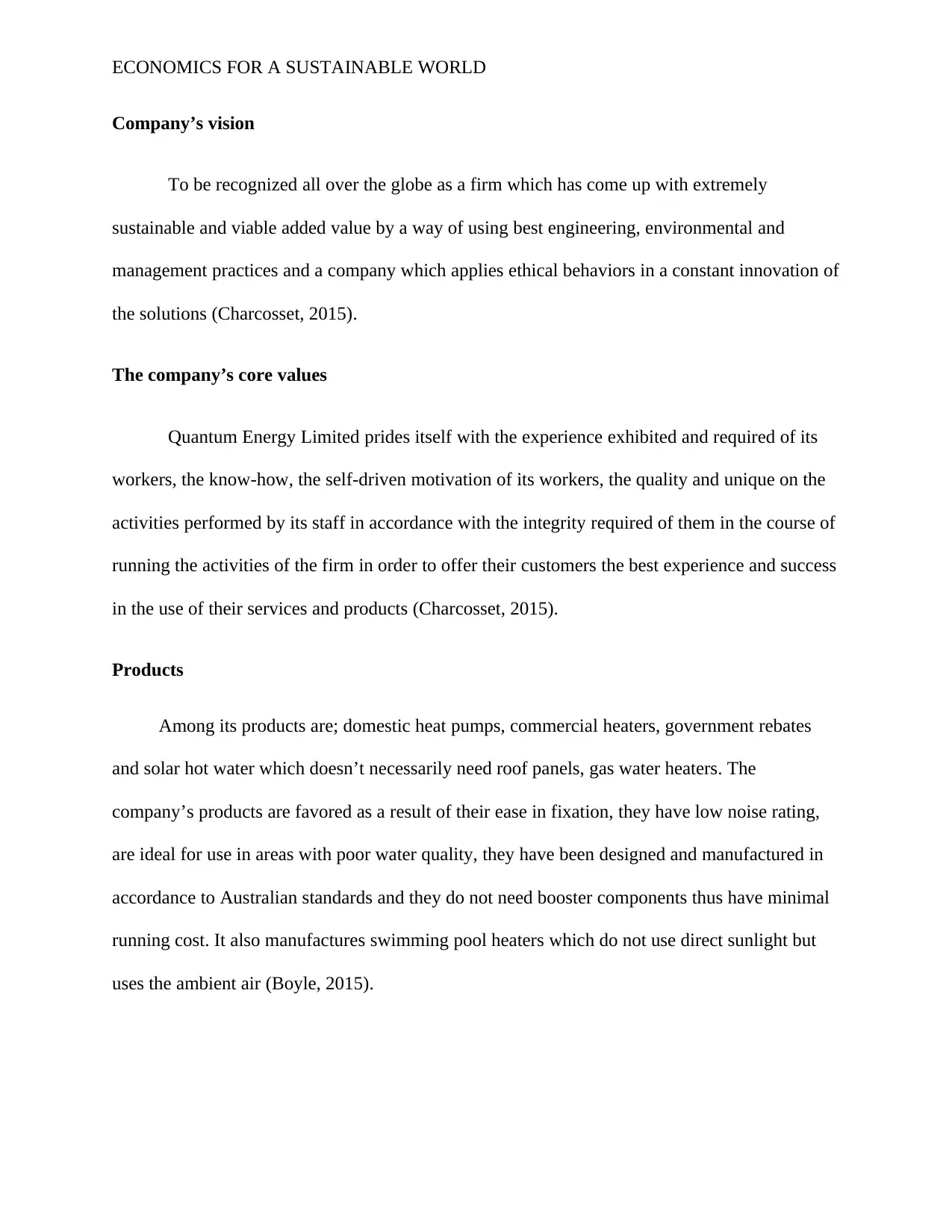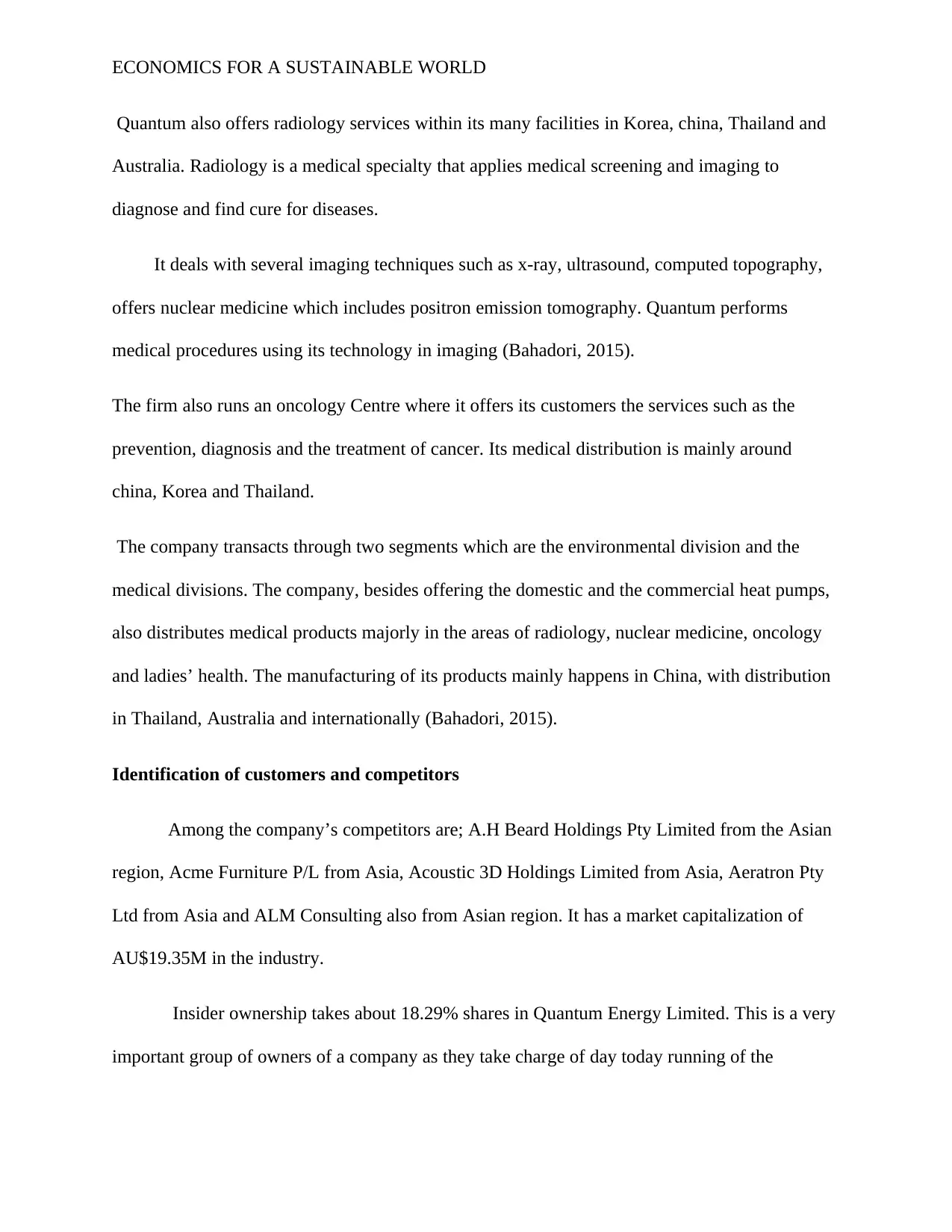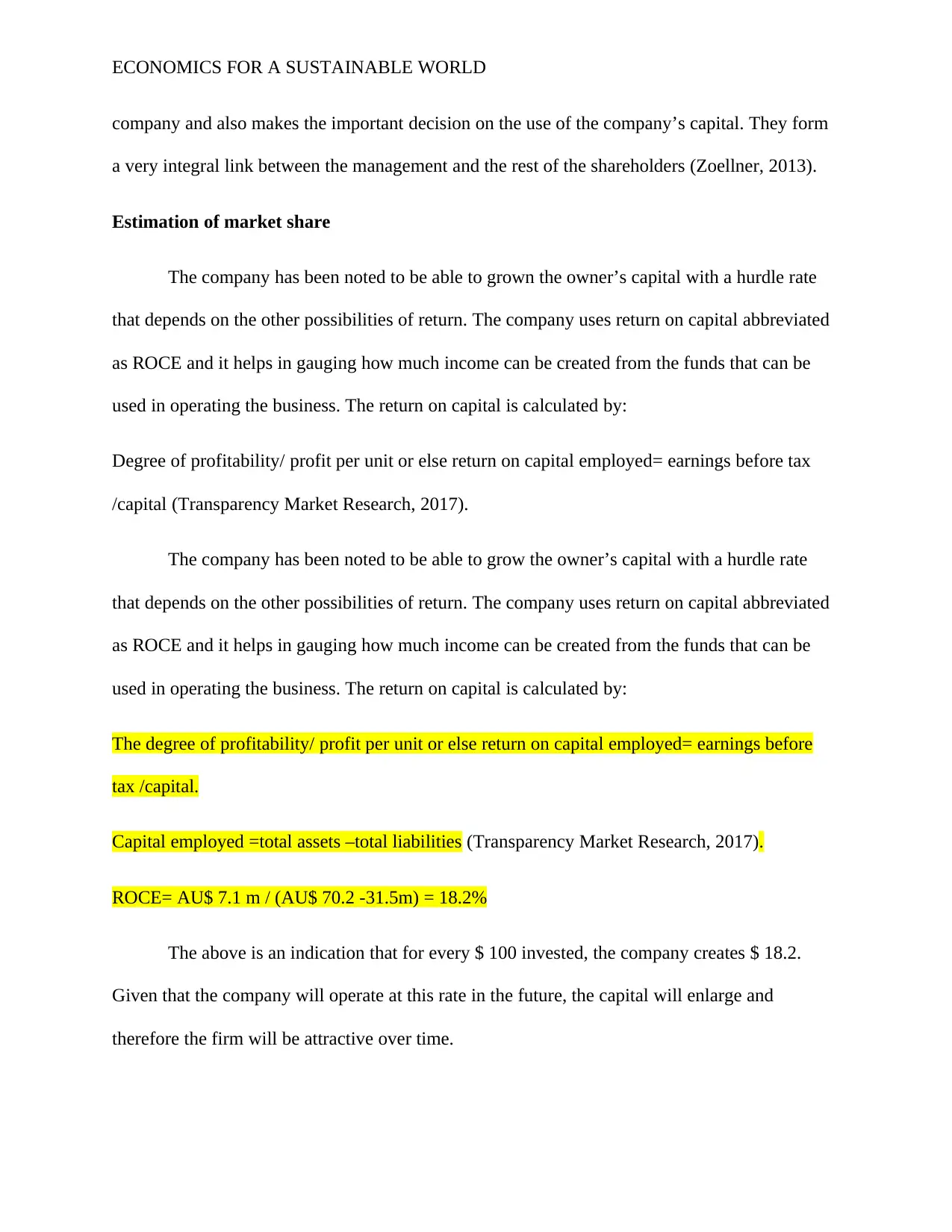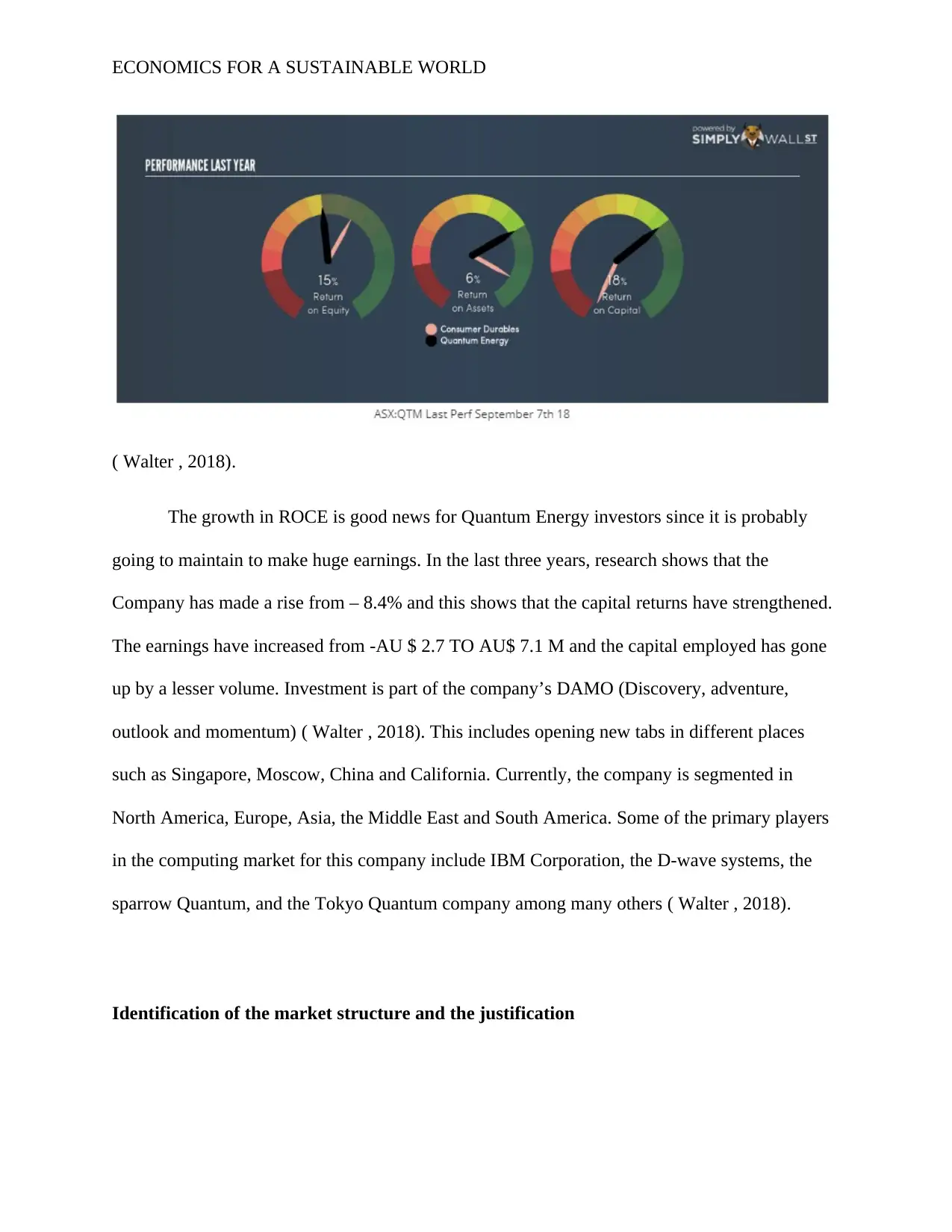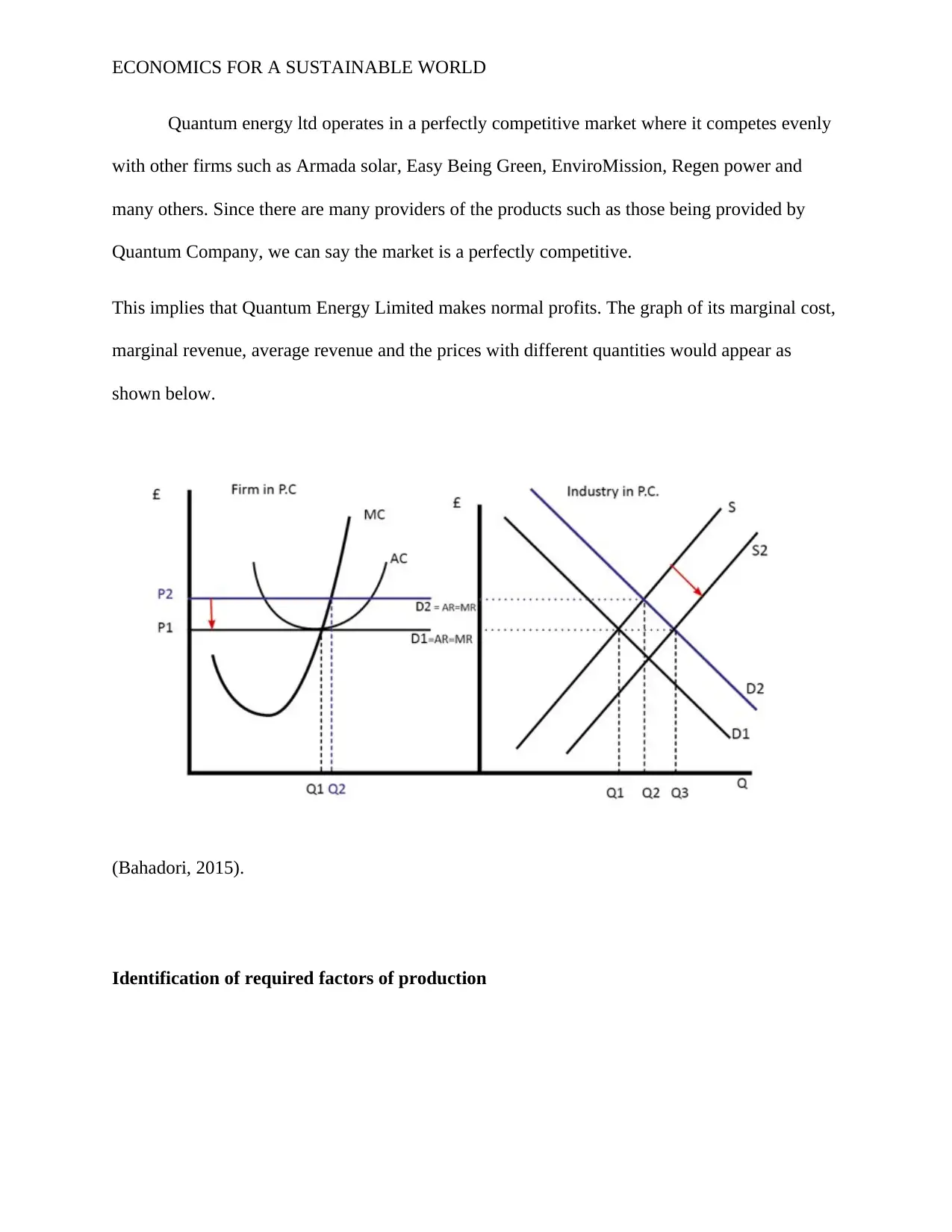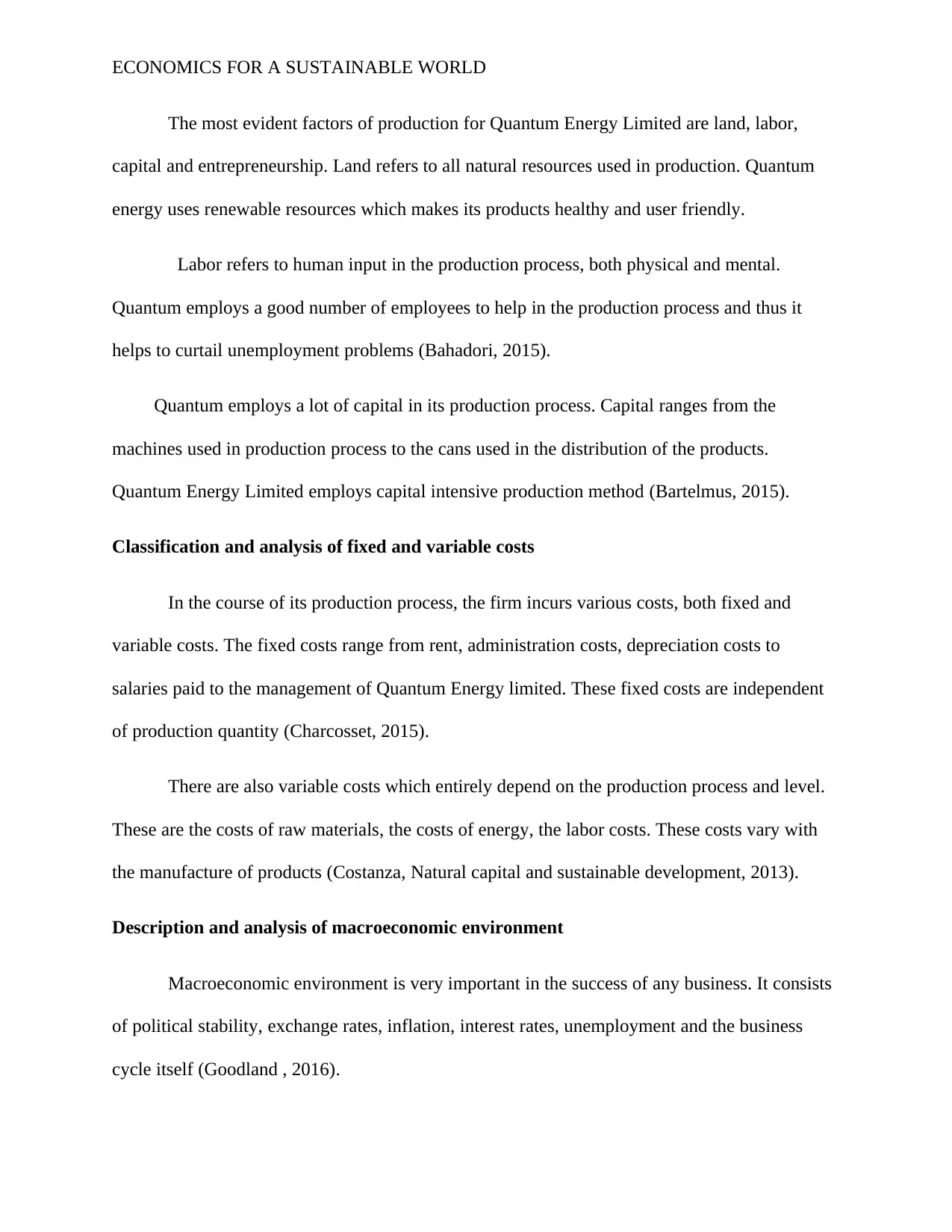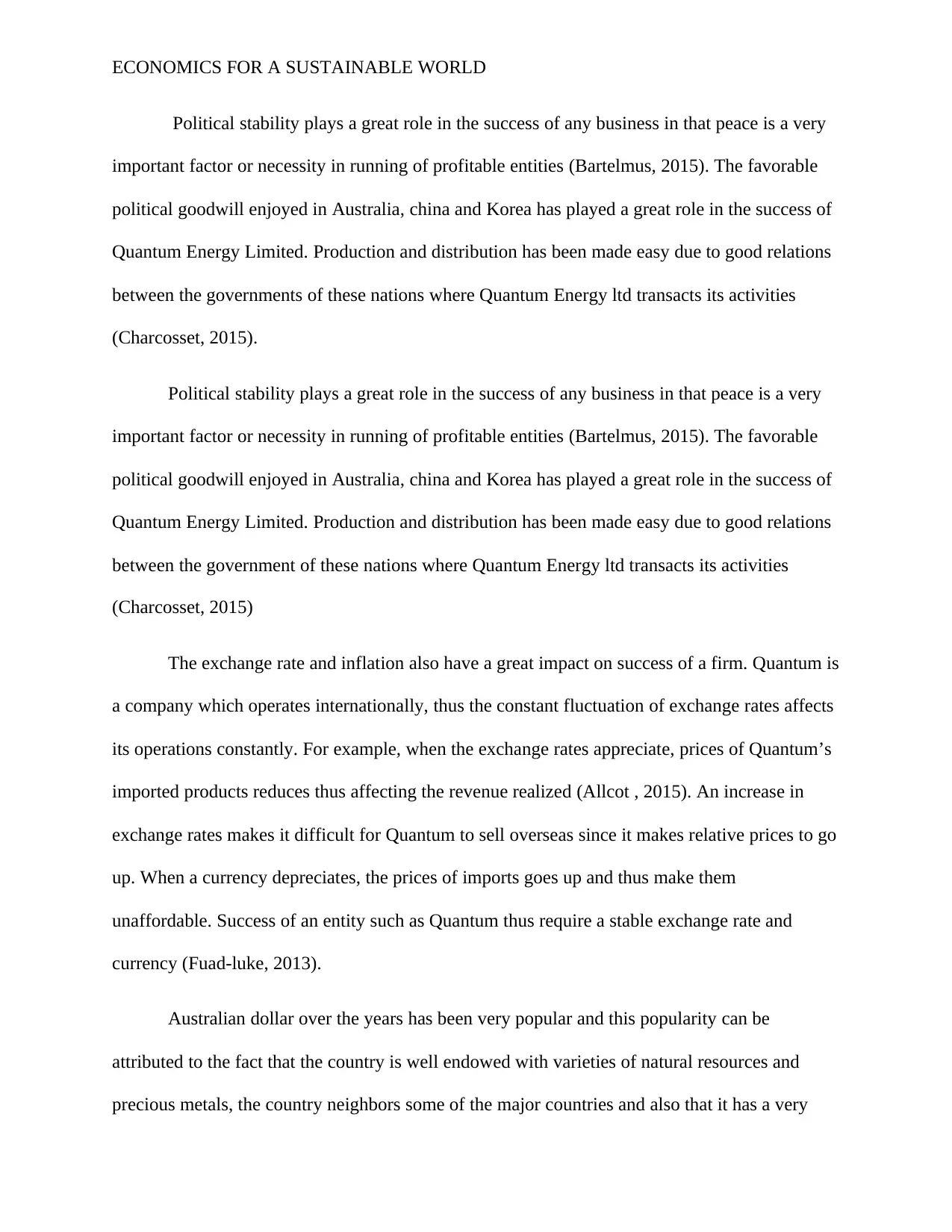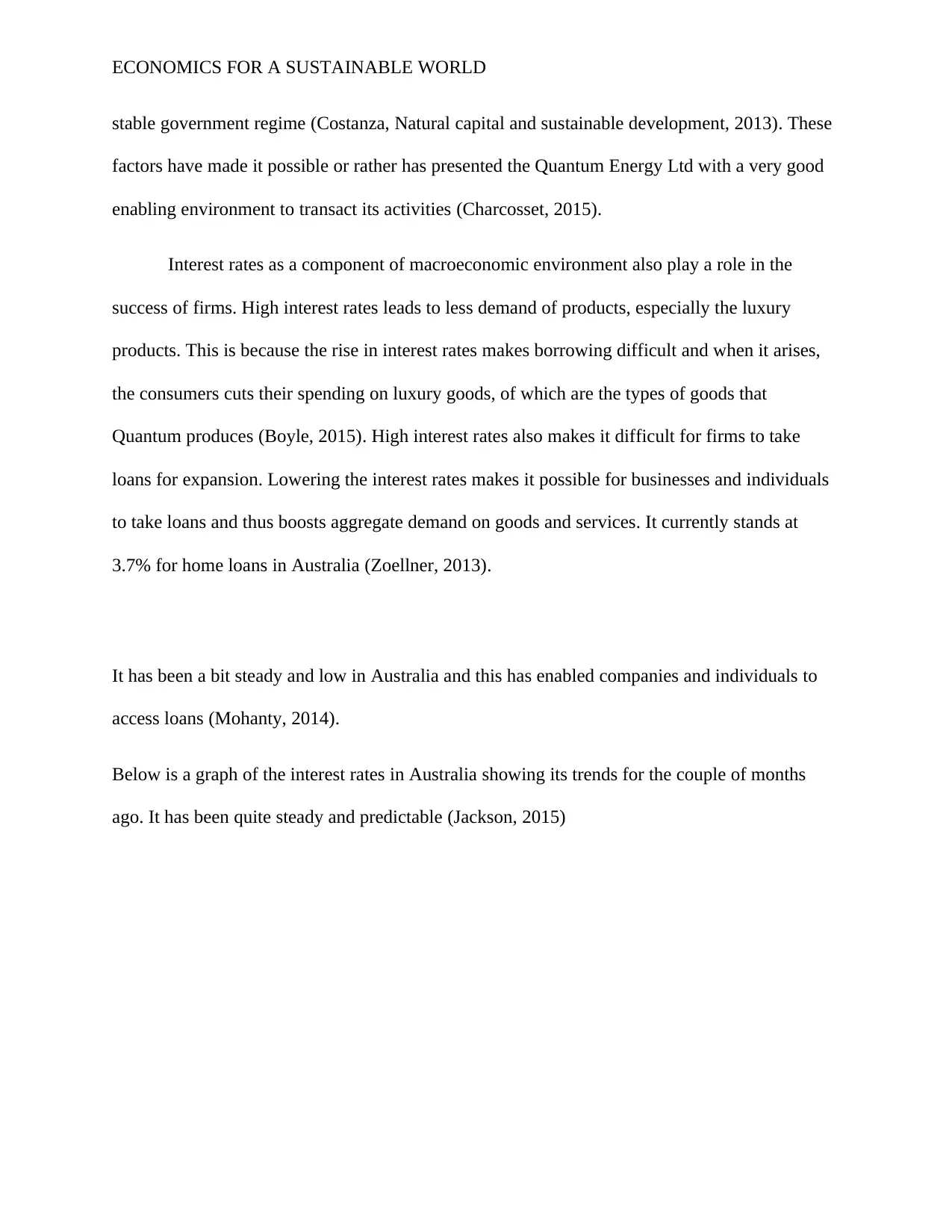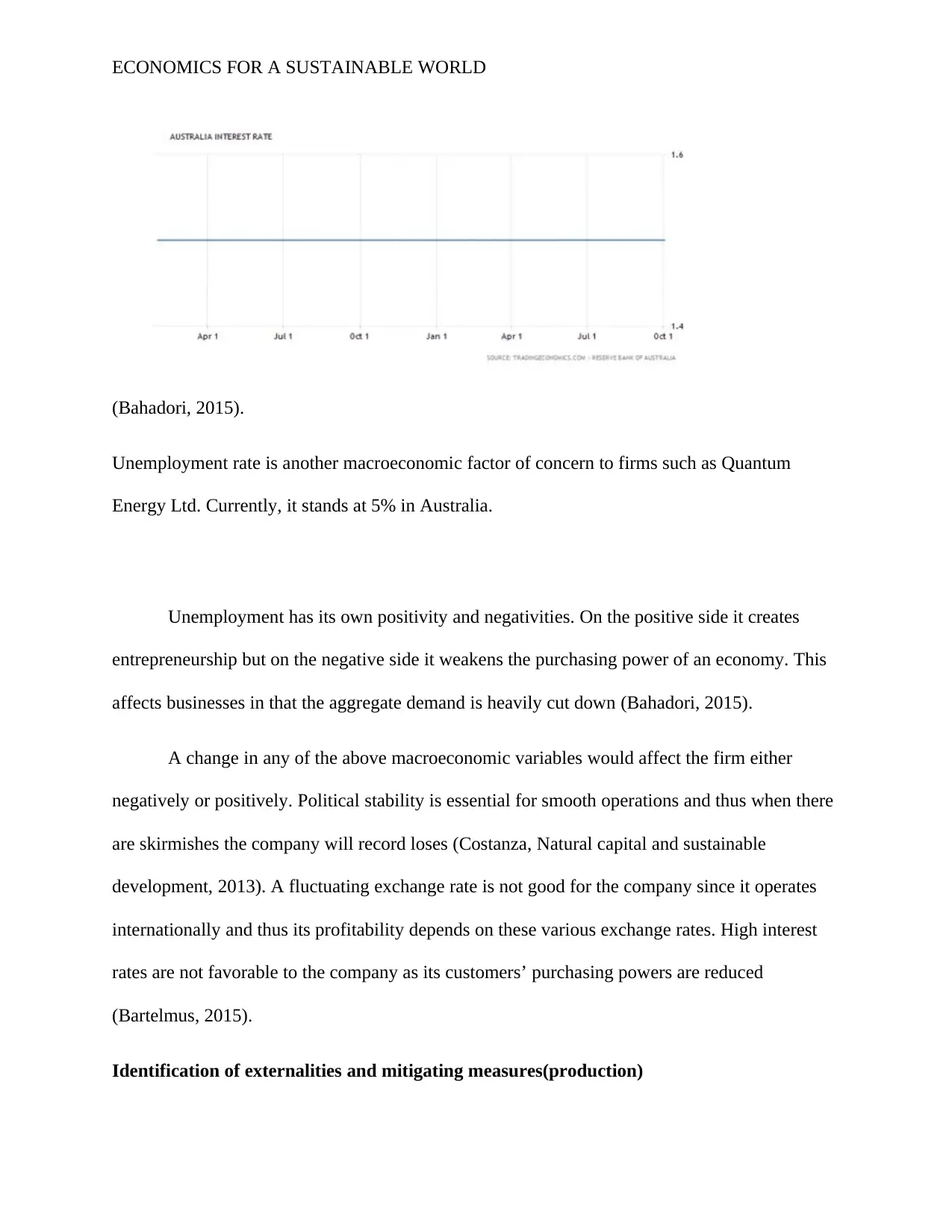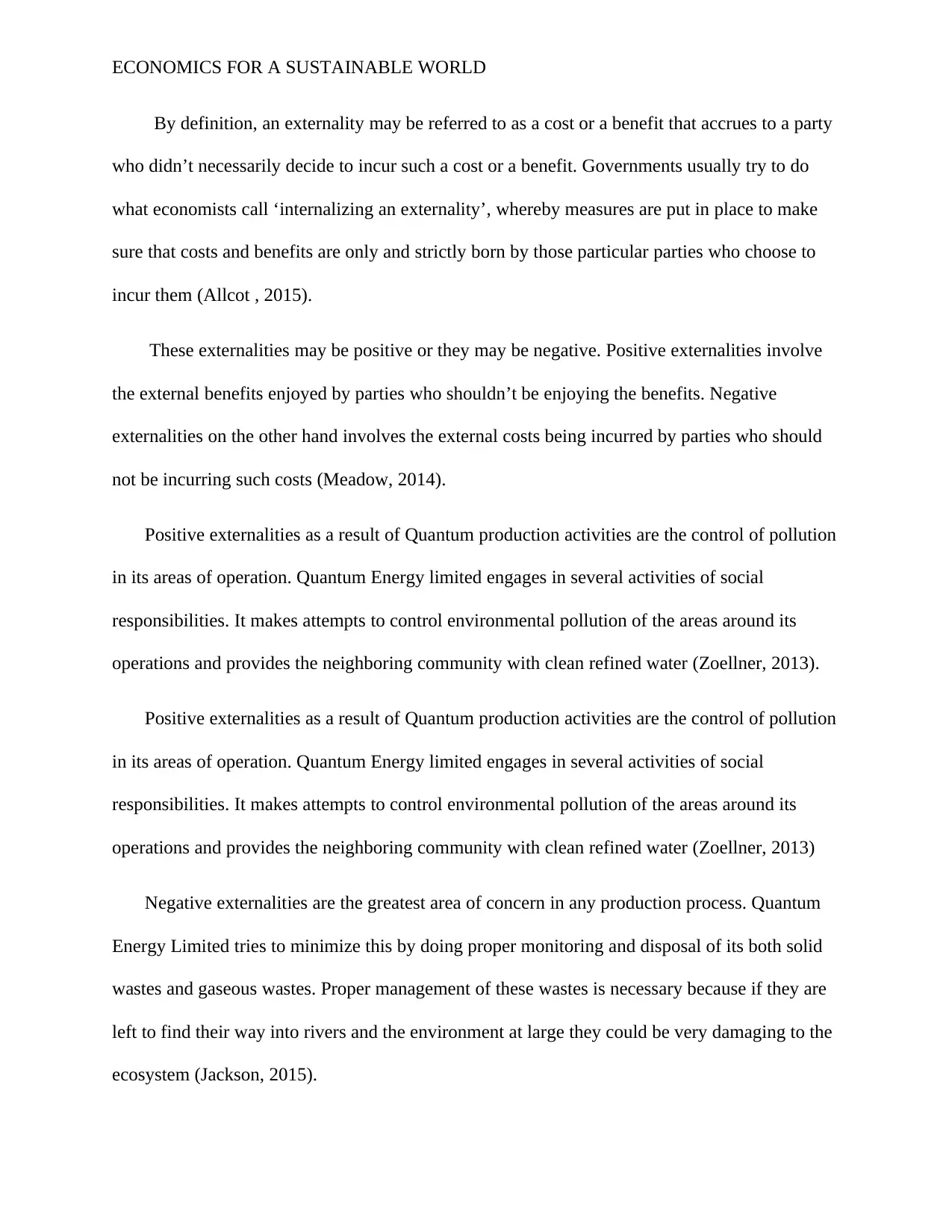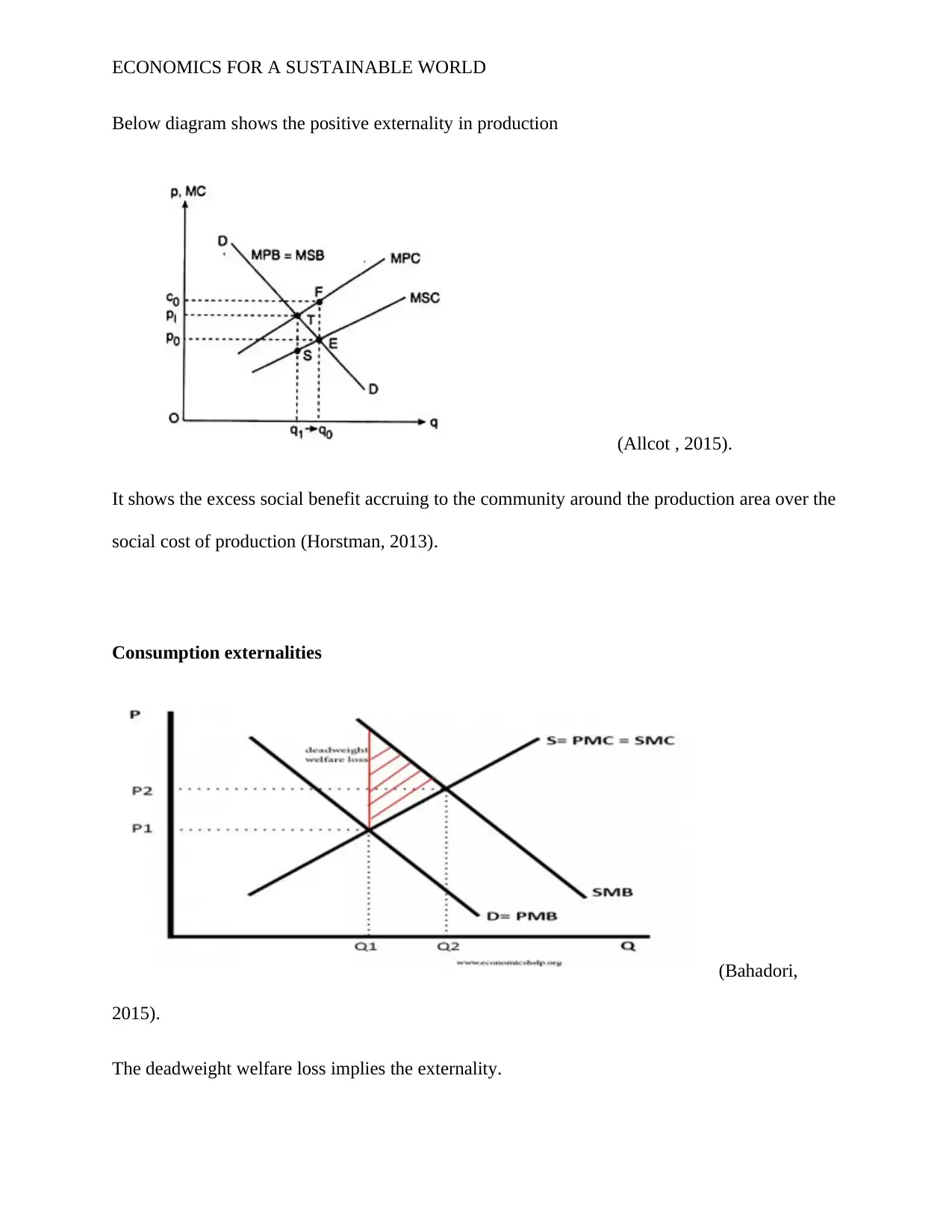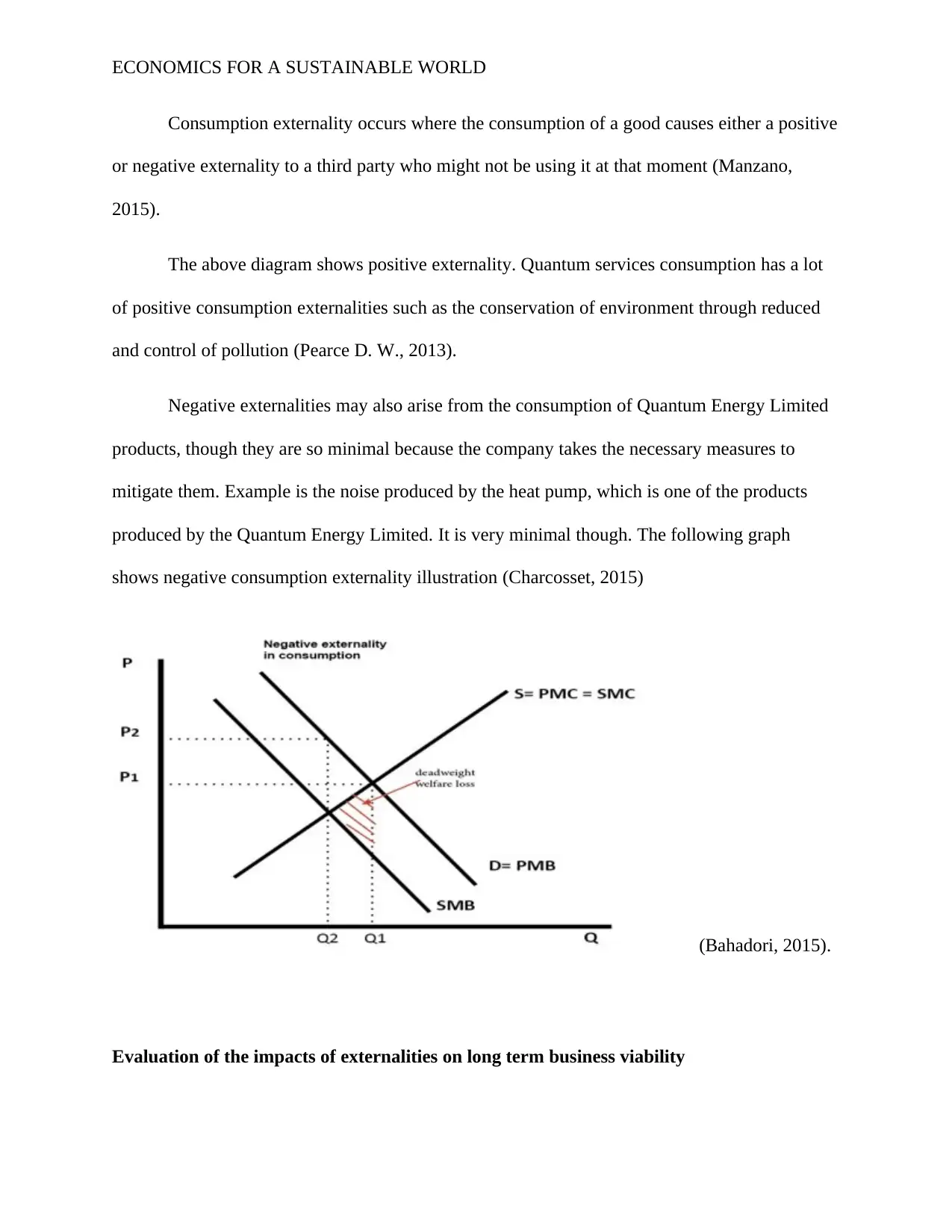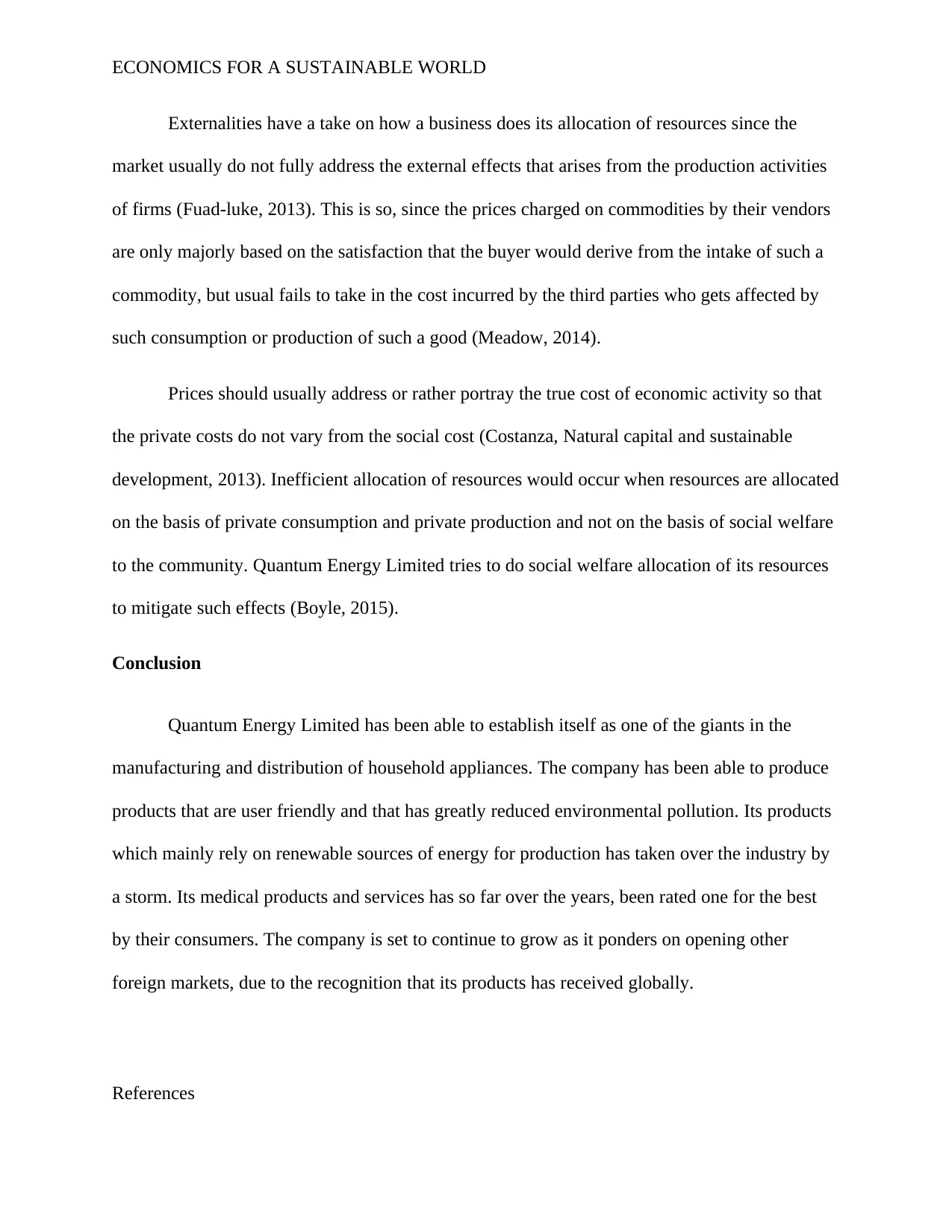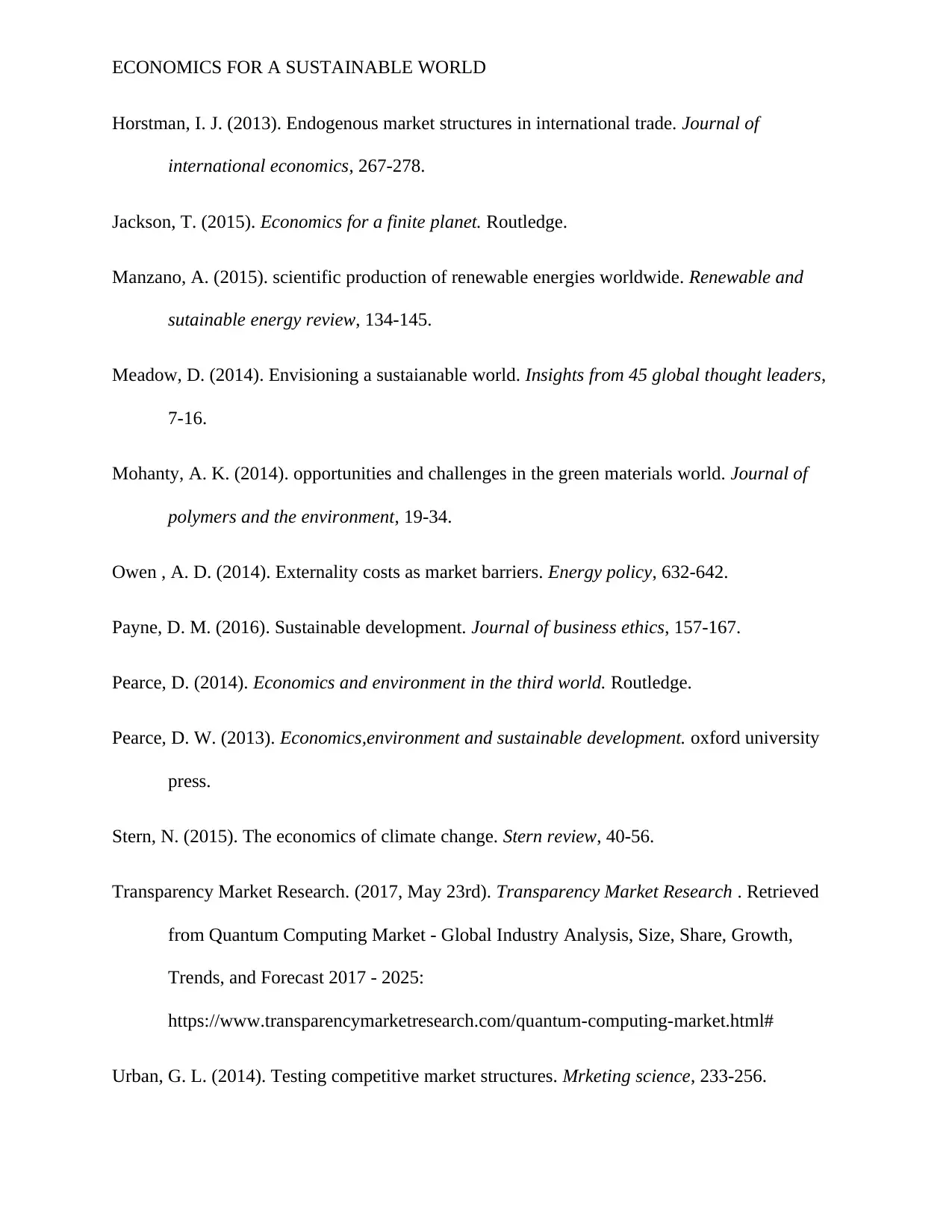Quantum Energy Limited is a manufacturing company that produces and sells energy-saving hot water, heating and cooling systems for both domestic and commercial markets. They have a mission to develop and build infrastructure and renewable sources of energy which are economically viable, sustainable and which will preserve and conserve natural resources and the environment. The company operates in a perfectly competitive market and employs land, labor, capital, and entrepreneurship as factors of production. The macroeconomic environment, including political stability, exchange rates, inflation, interest rates, unemployment, and the business cycle, affects the company's success. The company also faces externalities, and measures need to be put in place to mitigate them.
![[object Object]](/_next/static/media/star-bottom.7253800d.svg)
![[object Object]](/_next/static/media/star-bottom.7253800d.svg)
